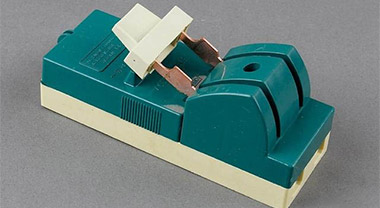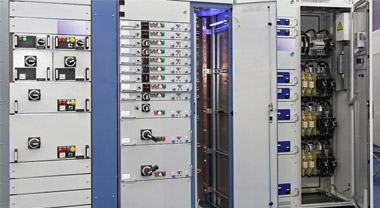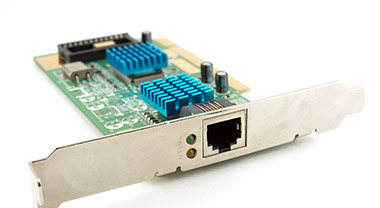Breaker 1P, 2P, 3P, 4P what's the difference? How to choose?
What is the difference between circuit breakers 1P, 2P, 3P, 4P? How to choose? Let us understand together! For miniature circuit breakers, 1P+N, 1P, and 2P are generally used as on-off control of single-phase electrical appliances, but the effects are different.
1p is single-open, only disconnect the live wire, generally used for lights or electrical equipment with low power consumption
2P is two open, there are two incoming (outgoing) wire ends, incoming live wire, neutral wire, more commonly used.
3P is three-open, in order to control three-phase electricity, there are three incoming (outgoing) wire ends and three live wires, which are generally three-phase electric bus switches and three-phase electric equipment applications.
4p is to add a terminal on the basis of three open, which is represented by N for the neutral terminal.
| Single pole circuit breaker | 1P |
| Secondary circuit breaker with a protective pole | 1P+N |
| Secondary circuit breaker with two protection poles | 2P |
| Three-stage circuit breaker with three protection poles | 3P |
| Four-stage circuit breaker with three protection poles | 3P+N |
| Four-stage circuit breaker with four protection poles | 4P |
|
1. The pole that is not a protected pole can be: "non-protected pole" or "open and closed neutral pole" 2. Pole-only connected to a single conductive path of the main circuit of the circuit breaker and with a contact part for connecting and disconnecting the main circuit 3. Protected pole-pole with overcurrent release 4. Non-protected pole-without overcurrent release, other aspects are the same as the structure of the protected pole, and the short-circuit capability is the same. 5. Open and close the neutral pole-only used to open and close the neutral pole without short circuit capability. 6. Non-breakable neutral pole-the neutral pole is not disconnected |
|
1P—Single pole circuit breaker, with thermal and magnetic trip function, only control live wire (phase wire), modulus 18mm.
1P+N—Single-pole+N circuit breaker, which controls the live wire and the neutral wire at the same time, but only the live wire has the thermal-magnetic trip function. When the N line is a non-protected pole or an open/closed neutral pole, the modulus is 2*18mm=36mm;
When the N line is an unbreakable neutral line, the modulus is 18mm. That is, a single-pole circuit breaker with residual current protection.
2P—Single-phase 2-pole circuit breaker, which controls the live and neutral wires at the same time, and both have the function of thermal and magnetic tripping.
Selection of circuit breaker
1. In order to reduce the project cost in the lighting circuit, 1P circuit breaker is usually selected. It should be noted that the upper-level circuit breaker must have the leakage trip function, and the upper-level power supply must be cut off;
2. In order to prevent accidents caused by the reverse connection of the live and neutral wires during power failure (when the live and neutral wires are connected reversely, the 1P disconnects the neutral wire but not the live wire), a 1P+N short circuit device can be used, which is often said DPN circuit breaker.
3. For the circuit breaker shell shell of the same size, there is a difference between 1P and 1P+N. The former has a higher breaking capacity in a short-circuit accident state than the latter. Therefore, it is recommended to use 2P circuit breakers for the more important circuits in the project and the circuits that are frequently overhauled and operated, but the cost is higher.
In addition: 1P, 2P are used for single-phase, 3P, 4P are used for three-phase.
When the protection is connected to zero, only 1P and 3P can be used; when the protection is grounded, it is best to use 2P and 4P.
1P+N: Only install a protector on the phase line, and disconnect the phase line at the same time during operation.




